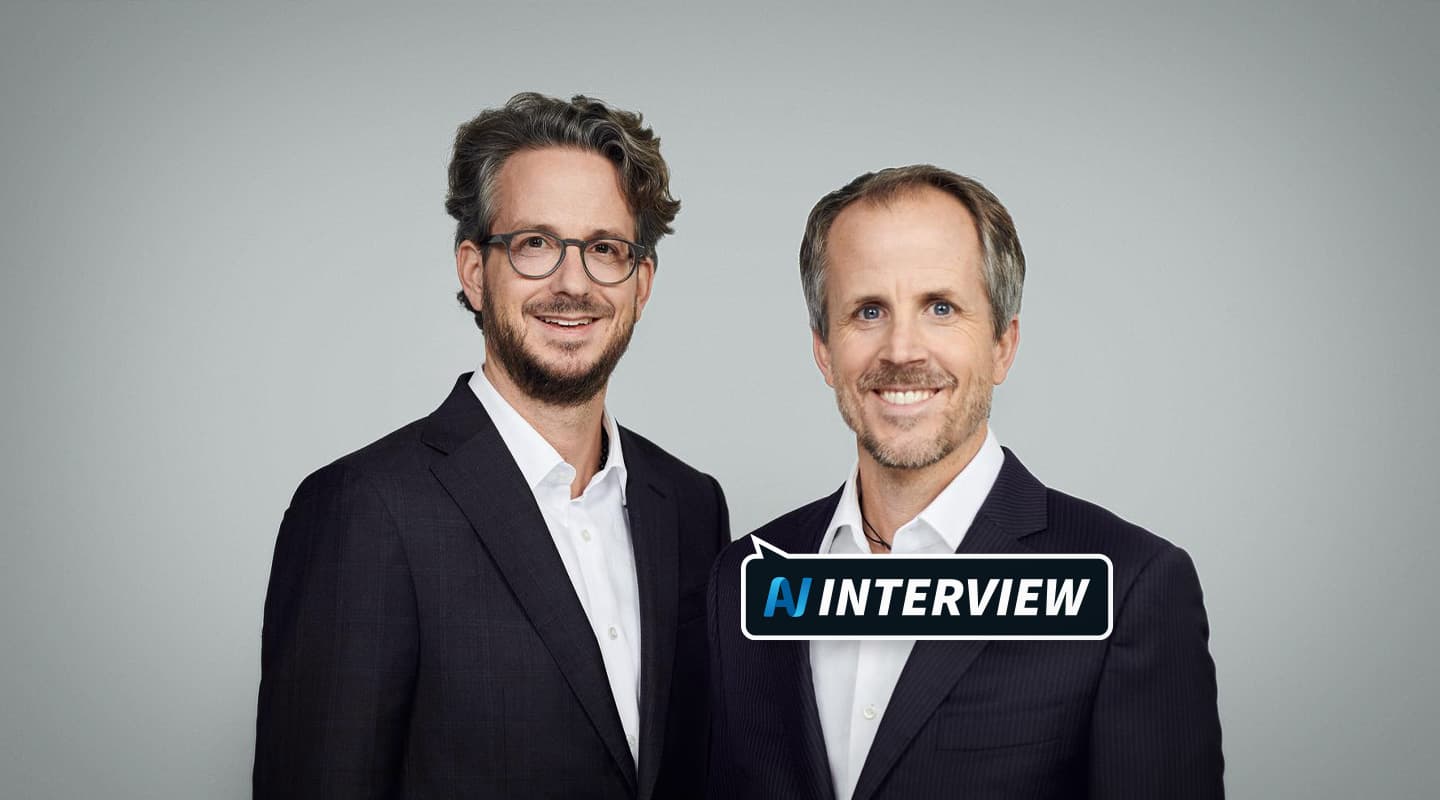
AV Interview: Andreas & Daniel Sennheiser
On the occasion of Sennheiser’s 80th anniversary we talk to co-CEOs Daniel and Andreas Sennheiser about AV, the software layer and the where immersive audio fits in its future.
This year marks 80 years of Sennheiser – a remarkable milestone for the German family company that has helped shape audio history with microphones, headphones, and more recently, commercial AV solutions. AV.technology sat down with co-CEOs Daniel and Andreas Sennheiser, grandsons of founder Prof. Dr. Fritz Sennheiser, to discuss longevity, innovation, and the company’s expanding role in the AV world.
THE AV SHIFT
AV.technology: When you think about longevity, you have to do what you do well, consistently, but also take advantage of new opportunities. For Sennheiser, that seems to include its growing role in commercial AV. How has this sector contributed to Sennheiser?
Andreas Sennheiser: Particularly in the last 10 years we’ve seen tremendous growth in the area where audio and video is used in combination. We’ve been in the business of installed systems – conferencing and the like – for decades, but only in recent years, with the rise of virtual and hybrid meetings, obviously also facilitated through covid, we’ve seen tremendous growth.
There’s also been a convergence towards standards such as Microsoft Teams, Zoom, and so on. This part of the business has developed very successfully. At the same time, we see audio – always close to our heart for 80 years – receiving more attention. The visual side was taken care of for quite a while: larger screens, higher resolutions. Now, finally, high-quality audio is being appreciated much more than ever.
STEPPING STONES
AV.technology: Looking back, what were some of the key milestones in filling that gap? I think of SpeechLine in 2014, incorporating Dante and encryption, as a leap forward.
Daniel Sennheiser: For us, it’s not about single product launches, but about collaboration with customers. For 80 years we’ve created innovation together with them, learning from difficult applications.
As a family company – still family-run in the third generation – we can look at things long-term. That allows us to invest significantly, not just in R&D but in our own production facilities in Germany and Romania. That independence from the global supply chain is a big advantage.
Of course, innovation matters. SpeechLine was feature-rich when it first came out. Now we have the TeamConnect Ceiling family with dynamic beamforming, allow you to be completely free in the room. Most recently, our video collaboration bars, which are the most feature-rich in the market. These combine excellent audio with Sennheiser’s historic reliability, both in manufacturing and as a partner to our customers worldwide.
“”
And in AV, especially in hybrid meetings, immersive audio has clear benefits: less fatigue in long meetings, higher inclusion for remote participants, easier learning, easier collaboration.
THE CAPSULE QUESTION
AV.technology: For 80 years Sennheiser has had a reputation for its transducers. But when you move into AV, it’s not always the capsule that makes the difference – sometimes it’s the processing or workflow.
Andreas Sennheiser: I see your point. In some applications, the transducer is absolutely critical, such as Neumann’s U87 or the Sennheiser MD441, which are legends. Then there’s our ability to create audio experiences, goosebump moments, or a perfect representation of reality.
But increasingly there’s more than just the transducer. For example, in TCC2, the voice lift feature is extremely important. That benefits from our own capsules because we know how reliable and precise they are. But it also relies on DSP, echo cancelling, and other technologies we’ve been researching for years.
It depends on the workflow. Sometimes the core is the capsule. Other times, it’s the knowledge of the entire application. With Spectera, for example, we’ve just started an almost ecosystem-level development, where broadband time division multiplexing opens new flexibility. Ultimately, it’s the end-to-end signal chain that matters.
Daniel Sennheiser: Just to clarify: in our TeamConnect family we do use our own MEMS capsules, the KE10, manufactured in Germany to our exact specifications. No one else achieves that level of reliability.
And on MEMS: there’s nothing wrong with MEMS capsules for the right applications. We research them ourselves and are invested in sensiBel, a Norwegian start-up in this area. We don’t believe in one technology above all. We believe in understanding the application, then choosing the right capsule, software, and physical design to deliver the best user experience.
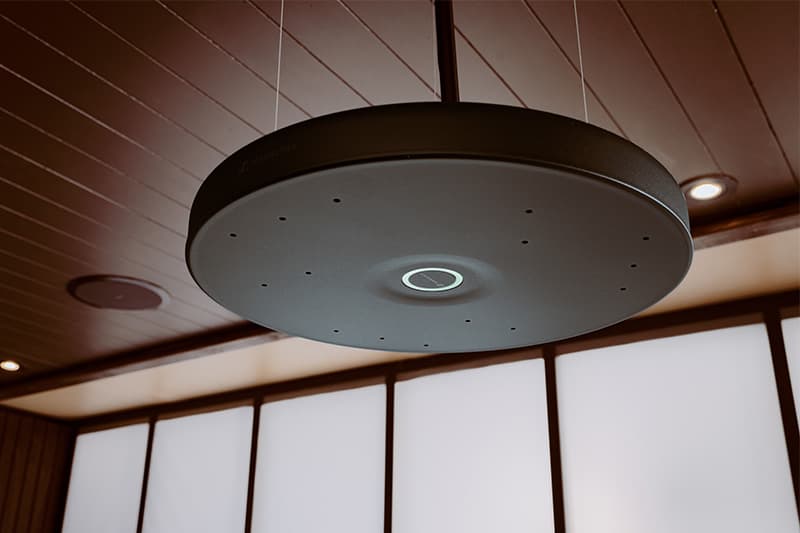
The Sennheiser TCC-M in situ: “There’s nothing wrong with MEMS capsules for the right applications.”
THE ECOSYSTEM QUESTION
AV.technology: In AV, consultants are accustomed to specifying best-of-breed components. Now we’re seeing more consolidation around platforms. Sennheiser is a specialist—how do you navigate this landscape?
Andreas Sennheiser: We look at applications. Our home turf is high-impact spaces: medium-to-large meeting rooms, boardrooms, and conferencing, where audio is a key ingredient. Plug-and-play devices where audio isn’t a priority – those are less of our focus.
But ease of operation is more important than ever. Not every organisation has an IT department to manage AV. We don’t do this by trying to control the ecosystem. We do it by seamlessly blending into the big platforms: Q-SYS, Crestron, Extron. Our products behave like native components in those environments.
That way, customers get the best possible audio and user experience without being locked into a single ecosystem. It’s an agnostic approach, but with strong attention to ease of use and installation.
CONTROL, MONITORING & THE CLOUD
AV.technology: Control Cockpit has been a major success, and now you’re moving to a cloud-based version. Why is this important?
Daniel Sennheiser: The applications where we succeed are those where audio really matters – higher education, medical, hybrid learning. Large campuses need to manage devices from a central location. Control Cockpit has been strong here, and cloud is the natural next step.
I’ve seen multi-campus universities and hospitals – including in Australia – where systems are distributed across several sites. Traditionally, you’d have to walk around and check everything manually. Now, an AV manager can check from a laptop at home, see if Room 47 has a muted mic, or Classroom 207 has a DSP issue. Professors can walk into a room knowing the system is ready, without calling for support.
AV.technology: Andreas, does this shift elevate the role of software engineers inside Sennheiser?
Andreas Sennheiser: Absolutely. Close to 50% of our R&D effort is now software. Many of our devices are software-defined, not just remote-controlled. Spectera is a good example. It launches with one feature set, but user feedback is constantly shaping its evolution. We’re prioritising innovation based on user needs. It’s an incredibly versatile platform, with applications from live touring to broadcast and theatre.
IMMERSIVE FUTURES
AV.technology: Finally, what about Ambeo? Does it have a role in commercial AV?
Daniel Sennheiser: Immersive audio has been part of our research for 30-40 years, from binaural recording in the ’70s to today. Under Ambeo we’ve created VR and AR applications, as well as broadcast and sports. We cover the whole chain: recording, processing, playback.
Neumann’s RIME software simulates an immersive studio for mixing. The Ambeo soundbar is a consumer application. We’ve also integrated immersive audio in cars like the Smart #5 or Cupra.
What’s exciting is that immersive audio has finally broken the chicken-and-egg problem. Streaming platforms like Apple Music, Sony, Samsung, and Google are pushing it, so the ecosystem is growing.
And in AV, especially in hybrid meetings, immersive audio has clear benefits: less fatigue in long meetings, higher inclusion for remote participants, easier learning, easier collaboration. That’s where Ambeo will also play a role in the future.
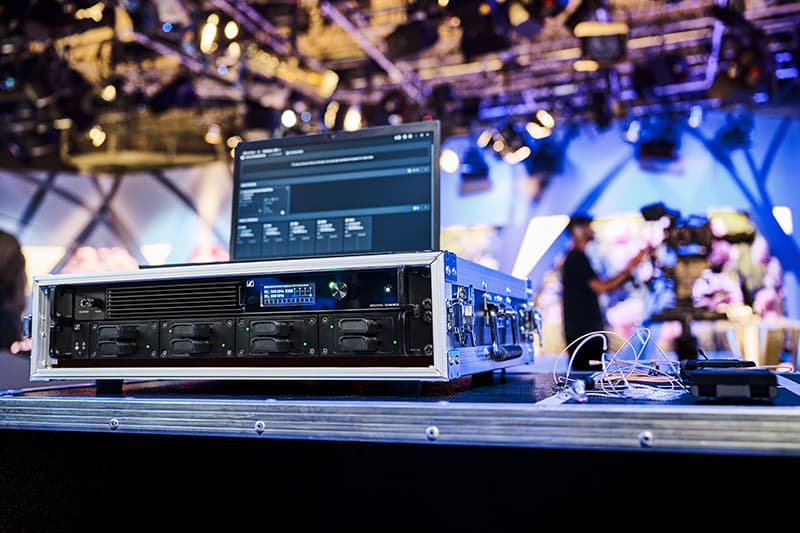
Sennheiser Spectera: “we’ve just started an almost ecosystem-level development, where broadband time division multiplexing opens new flexibility.”

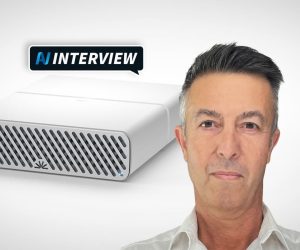
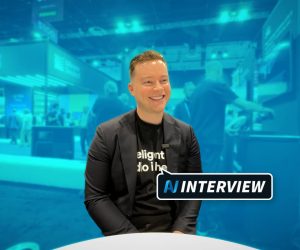
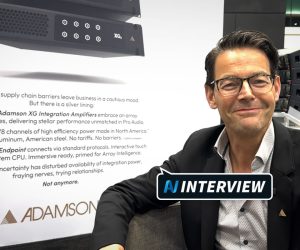
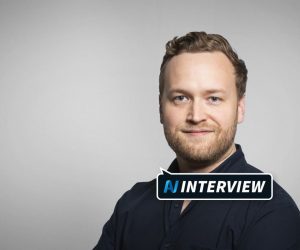
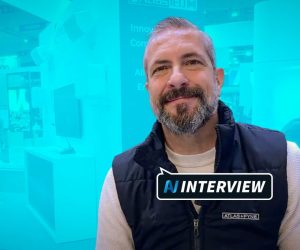
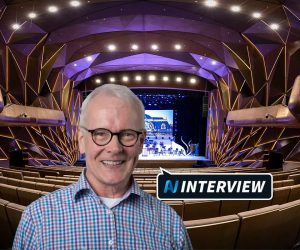
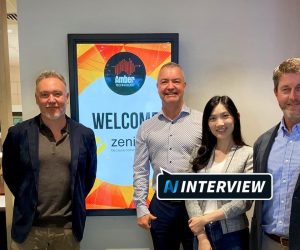
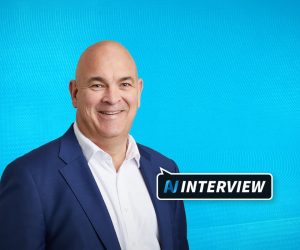
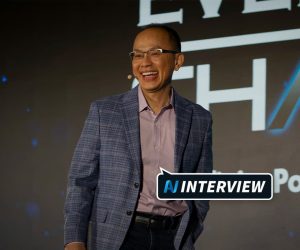
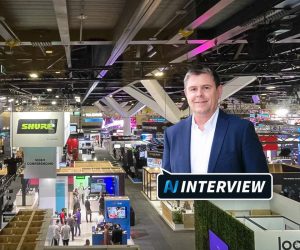
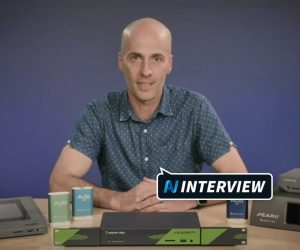
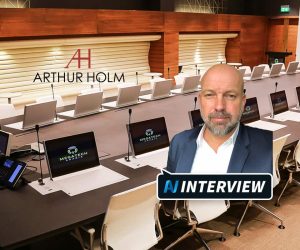

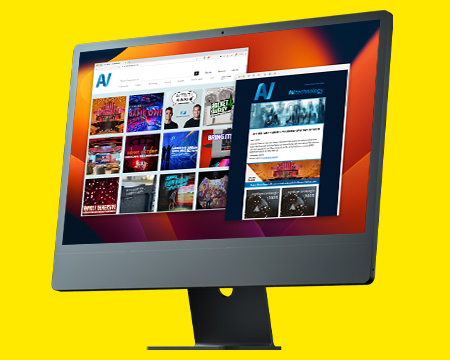
RESPONSES